Understanding the Difference in Japanese Handmade Tableware
In the world of Japanese tableware, few topics generate as much curiosity and confusion as the difference between porcelain and ceramic. While these terms are often used interchangeably in casual conversation, they represent distinct categories within the tradition of Japanese pottery. Each has its own identity, rooted in centuries of regional craftsmanship, material science, and cultural philosophy.
At MyJapaneseWorld, where every item is 100% handmade in Japan, understanding the nuances between porcelain and ceramic isn’t just helpful, it’s essential to appreciating the true depth and value of the pieces we offer.

Porcelain and Ceramic: More Than Just Clay
At the most basic level, both porcelain and ceramic are made from clay and shaped through similar processes: forming, glazing, and firing. However, the type of clay used, the temperature at which it’s fired, and the desired end result vary greatly and those differences are what give each material its unique characteristics.
Porcelain, known as jiki (磁器) in Japanese, is made using a very fine white clay called kaolin, combined with feldspar and finely ground quartz. It is fired at extremely high temperatures typically over 1,300°C (2,372°F) resulting in a vitrified, non-porous structure. This vitrification process creates a body that is thin, hard, and slightly translucent when held up to the light. Porcelain wares from regions like Arita and Kutani are admired for their elegant form, clean lines, and often intricate overglaze painting.
Ceramic more broadly referred to in Japan as touki (陶器) is generally made from more common earthen clays that may include iron or other minerals, giving it a warmer, more rustic tone. Fired at lower temperatures (typically between 1,100°C and 1,250°C), ceramics retain a more porous structure and often feel heavier and thicker in the hand. Unlike porcelain, they are rarely translucent. The character of ceramic lies in its natural textures, earthy glazes, and the visible fingerprints of the artisan who shaped it.

Aesthetic Values in Japanese Culture: Precision vs Imperfection
In Japanese tradition, porcelain and ceramic are not simply functional materials they represent opposing but equally revered aesthetic values.
Porcelain is associated with refinement and precision. Its whiteness provides a blank canvas for delicate hand-painting, which is why styles like Arita-yaki or Kutani-yaki are so well known for their ornamental beauty. These pieces are often used in formal occasions, tea ceremonies, or high-end kaiseki dining, where grace, harmony, and visual clarity are key to the experience.
By contrast, handmade ceramics such as Bizen ware, Shigaraki ware, or Mashiko ware—embody the Japanese philosophy of wabi-sabi. They celebrate imperfection, asymmetry, and the unexpected marks left by fire and ash during wood-firing. A tea bowl with uneven glaze or a cup with a slight tilt is not flawed, but rather full of life and individuality. These pieces are typically favored in more casual or meditative settings, where the user’s interaction with the vessel is intimate and grounding.
The question of "porcelain vs ceramic" in Japan is therefore not about which is better, but which best expresses the mood, season, or purpose of the moment.
Everyday Use and Functionality
Both porcelain and ceramic can be used for everyday tableware, but the tactile and practical experience of each differs noticeably.
Porcelain is typically lighter and smoother, making it well suited for items such as tea cups, dessert plates, or serving dishes where delicacy and ease of use are prioritized. Because of its non-porous surface, it resists staining and is often easier to clean, especially when dealing with strongly colored foods or teas. It also does not absorb water, making it ideal for items that come into frequent contact with moisture.
Ceramic, on the other hand, tends to have a thicker and more robust form. A handmade ceramic rice bowl or miso soup cup often feels warmer in the hand and retains heat slightly longer, enhancing the sensory experience of everyday Japanese meals. Many ceramics used at MyJapaneseWorld are finished with natural glazes that create subtle variations in color and texture making no two pieces exactly alike.
That said, some traditional ceramics require more thoughtful care. For example, pieces with crackle glazes (kanyu) or unglazed bases may absorb water over time, and should not be left to soak. Others may include slight porosity in their surface, which adds to their rustic charm but requires careful drying after washing.
At MyJapaneseWorld, we always include detailed care instructions with every item, so you’ll never have to guess how to maintain your handcrafted tableware.
Craftsmanship, Time, and Value
The cost of porcelain and ceramic tableware can vary dramatically, and it’s not simply a matter of materials. While porcelain requires a more refined clay and higher firing temperatures—which can increase its price it is the craftsmanship behind each piece that ultimately defines its value.
A hand-thrown Bizen sake cup, fired in a wood kiln for ten days, may fetch a far higher price than a machine-pressed porcelain plate. That’s because Bizen ware involves centuries of tradition, rare firing techniques, and a high degree of unpredictability, where the kiln’s natural ash becomes part of the final design.
Porcelain, though more uniform and easier to reproduce, also reaches extraordinary levels of artistic expression in the hands of Japanese masters. In Kutani, porcelain is often treated as a canvas for intricate, multicolored overglaze painting using pigments that have been passed down through generations.

Maintenance and Cleaning Requirements
Maintenance considerations also differentiate porcelain from ceramic. Porcelain’s non-porous surface makes it remarkably stain-resistant and easy to clean—regular sweeping, vacuuming, and occasional mopping with mild cleaning agents are sufficient to maintain its pristine appearance. Additionally, porcelain does not typically require sealing or special treatments to stay beautiful and intact.
Ceramic, however, may require additional upkeep. Its porous nature can lead to dirt accumulation and staining, especially in grout lines. To keep ceramic tiles looking their best, periodic deep cleaning, sealing, or re-sealing grout lines, and occasionally professional cleaning services may be recommended.
Choosing What’s Right for You
So how should you choose between porcelain and ceramic for your home?
If your table leans toward refinement, minimalism, or modern elegance, porcelain is a timeless choice. Its visual clarity and lightness make it perfect for tea service, desserts, or beautifully plated dishes.
If you’re drawn to organic textures, earthy warmth, and rustic charm, ceramic will speak to your senses. A hand-formed ceramic bowl or cup adds a grounding element to your daily rituals telling its own story through form, glaze, and touch.
Many of our customers find joy in mixing both. Porcelain dinner plates paired with ceramic rice bowls or tea cups can create stunning contrasts in tone, weight, and texture reflecting the seasonal balance prized in Japanese aesthetics.
Final Thoughts: Two Traditions, One Philosophy
The conversation around porcelain vs ceramic in Japanese tableware is about complementary values. Porcelain offers clarity, control, and refinement while ceramic offers depth, warmth, and spontaneity. Both reflect the Japanese reverence for craft, nature, and the quiet poetry of everyday objects.
Whether you serve guests on hand-painted Kutani porcelain or drink morning tea from a smoky Bizen-yaki cup, you’re engaging with centuries of tradition that continues to evolve, one piece at a time.
At MyJapaneseWorld, we honor both traditions. Our curated selection of handmade porcelain and ceramic tableware is not just about beauty it’s about bringing a piece of Japan into your daily life.





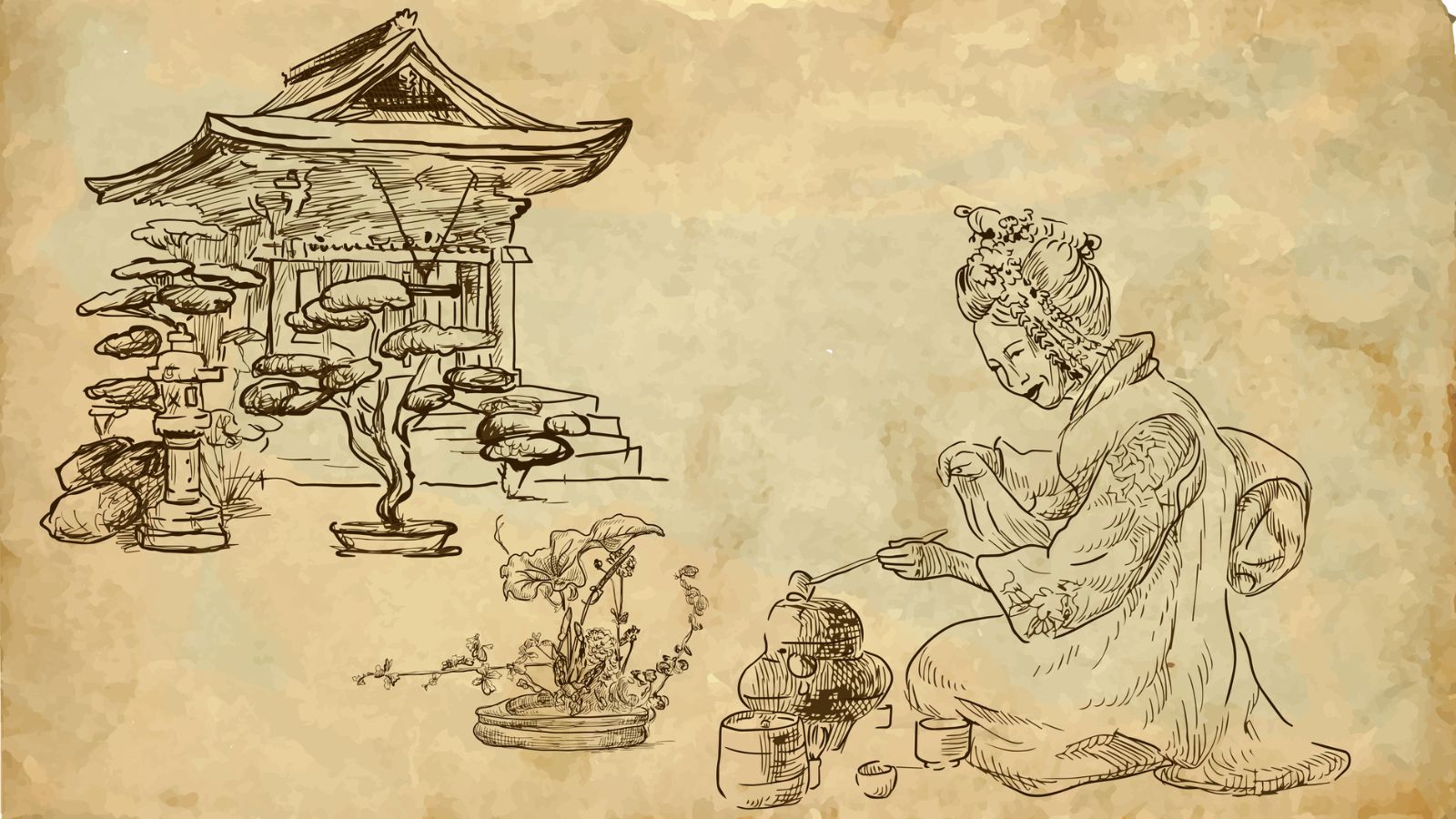
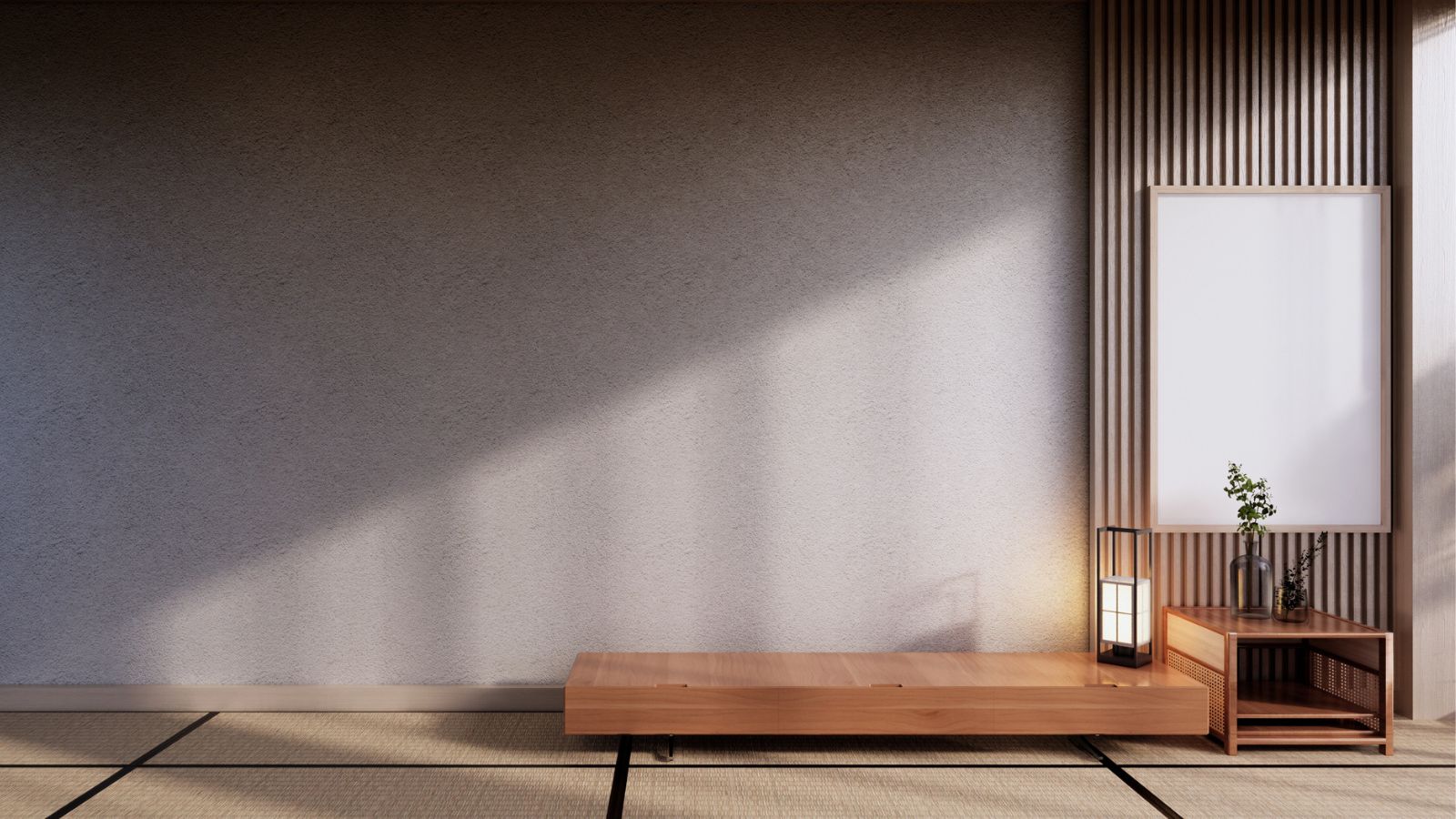

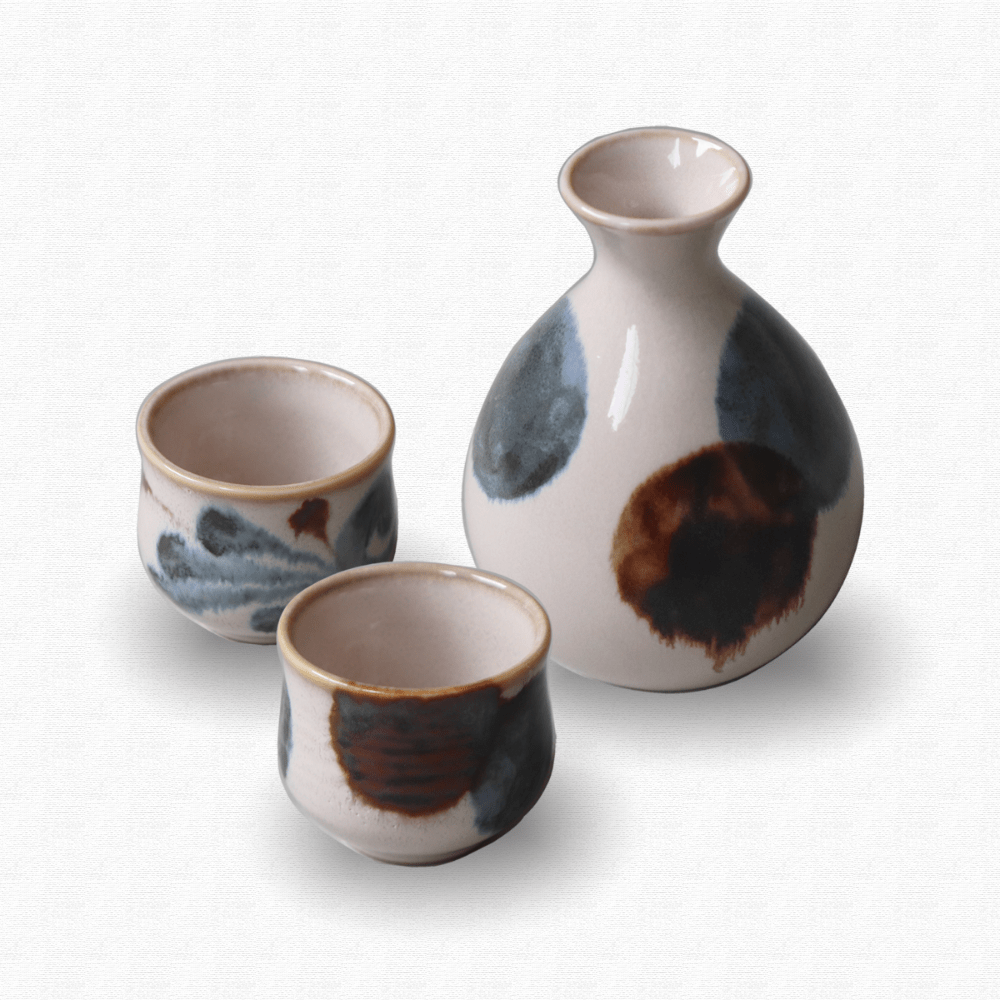
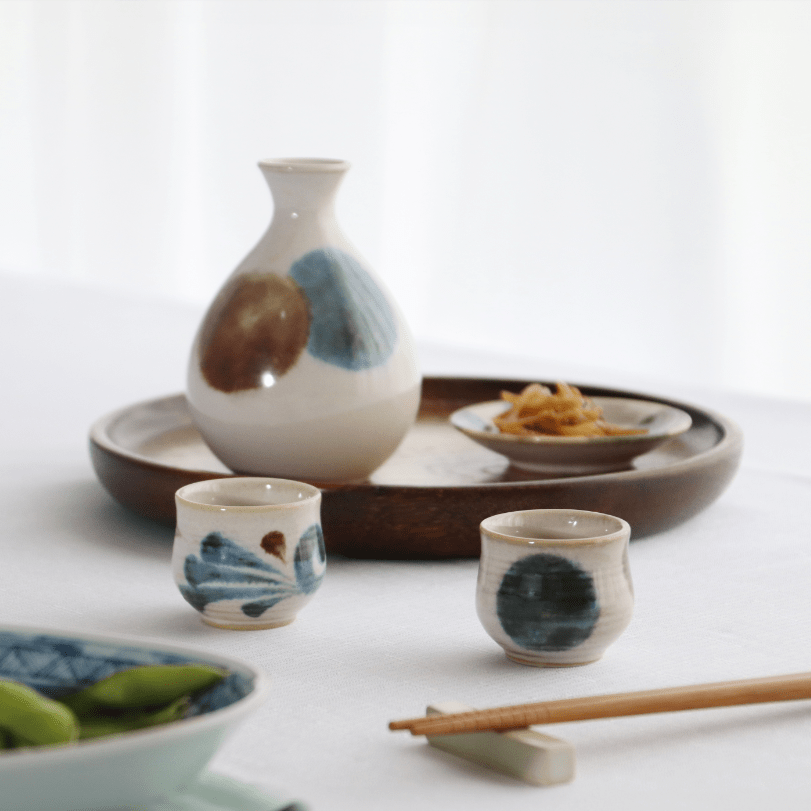
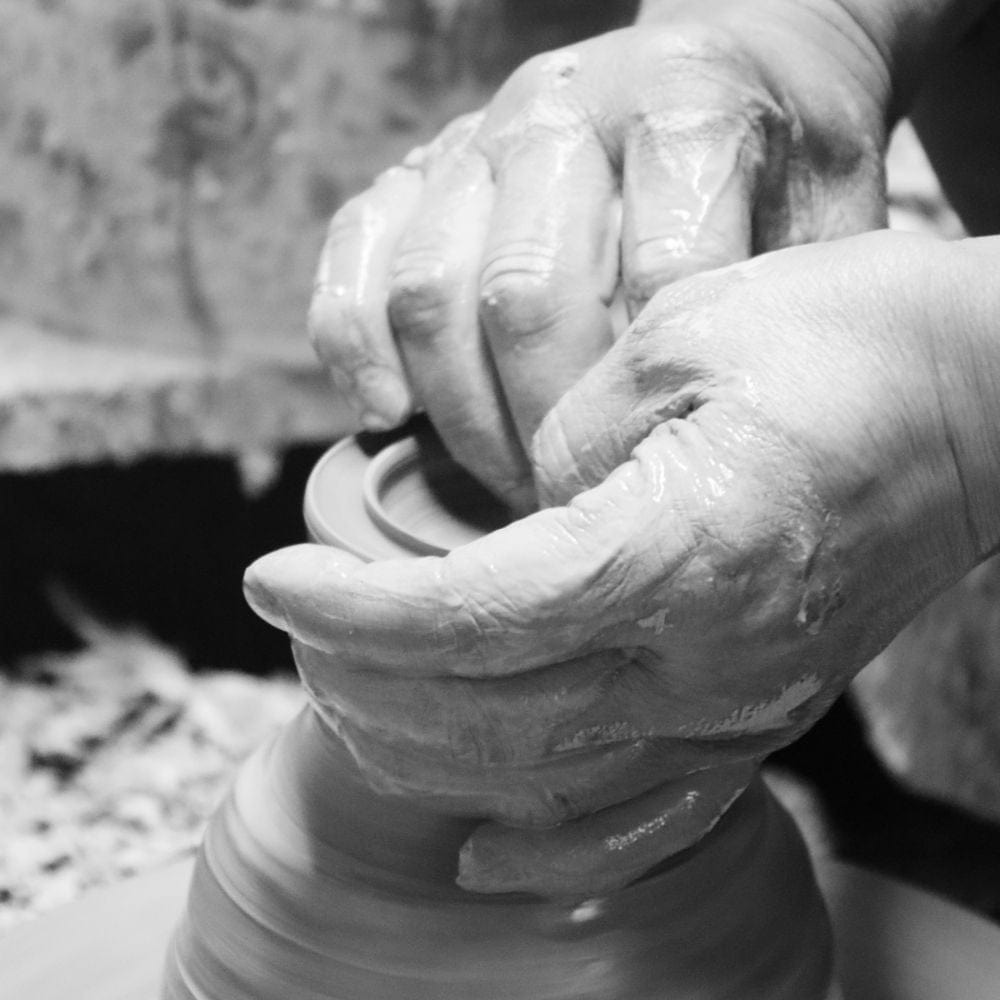
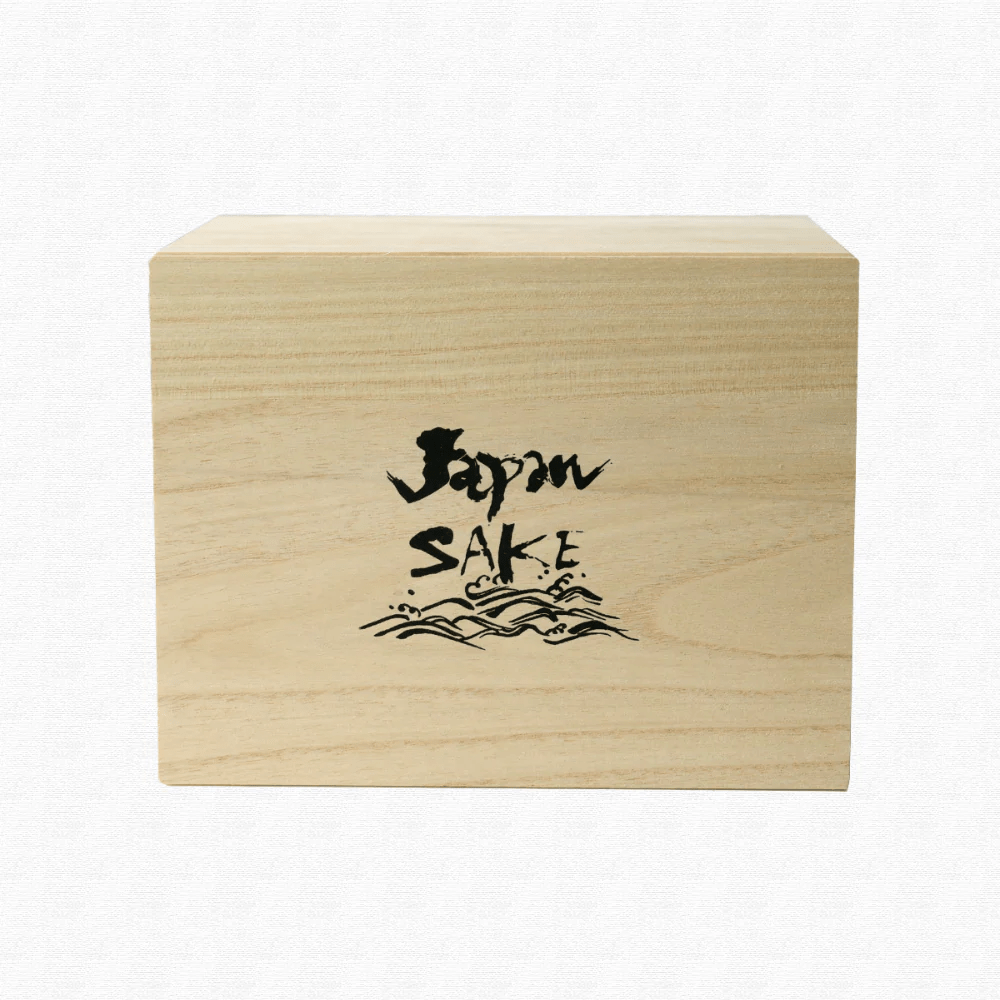
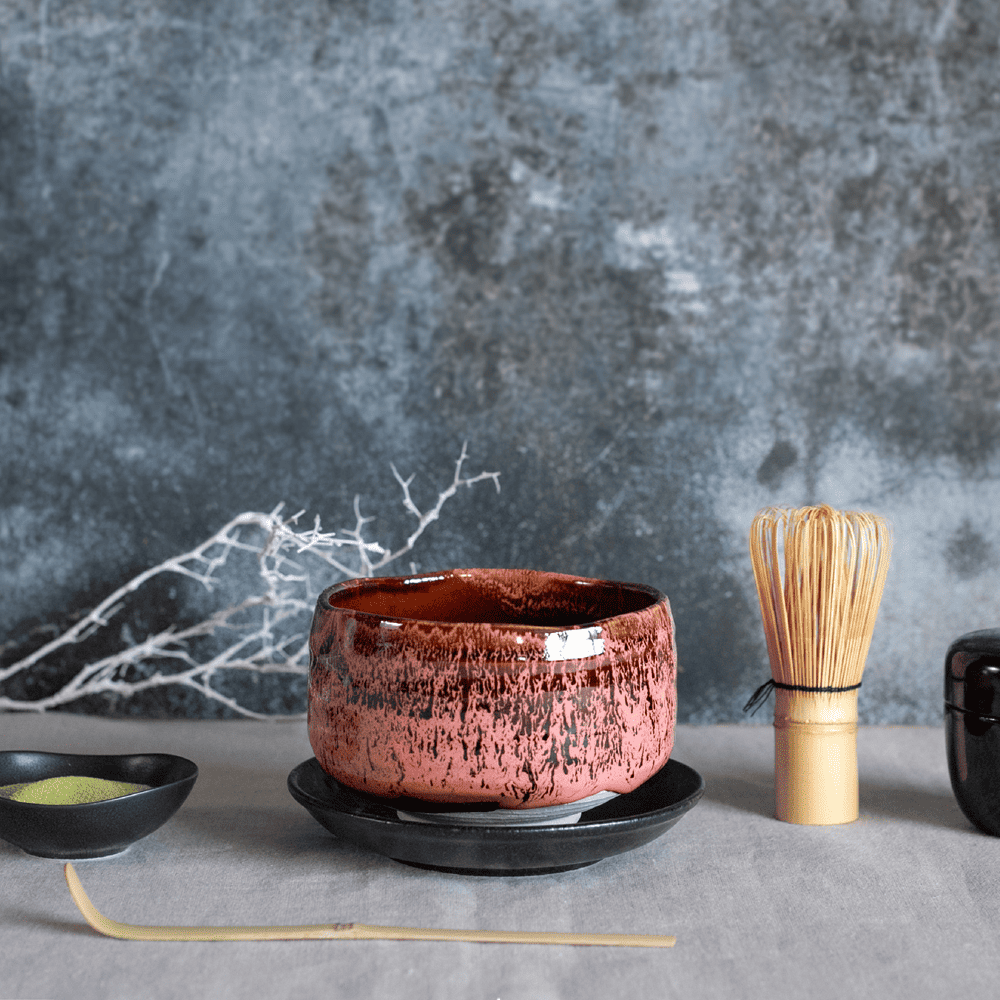
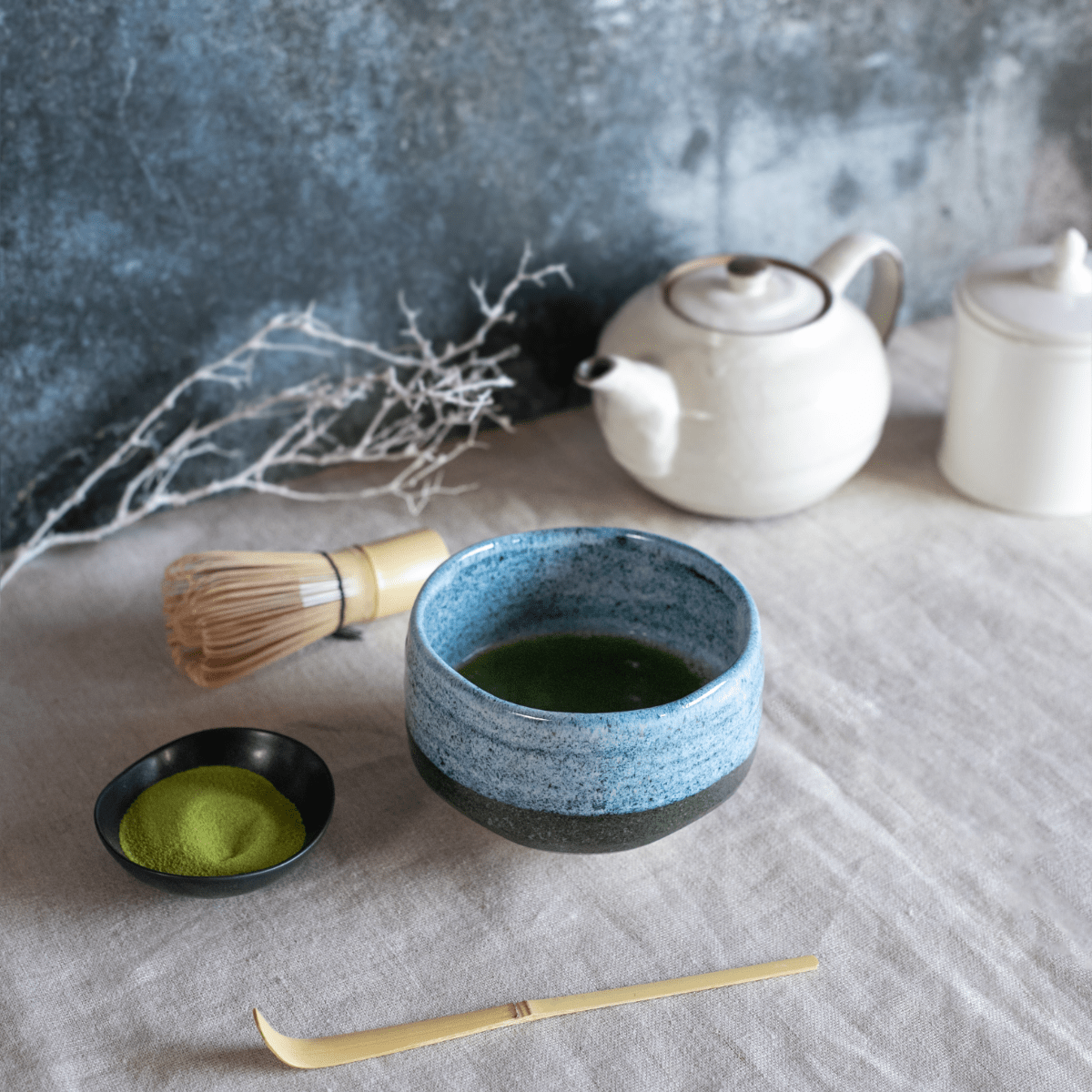

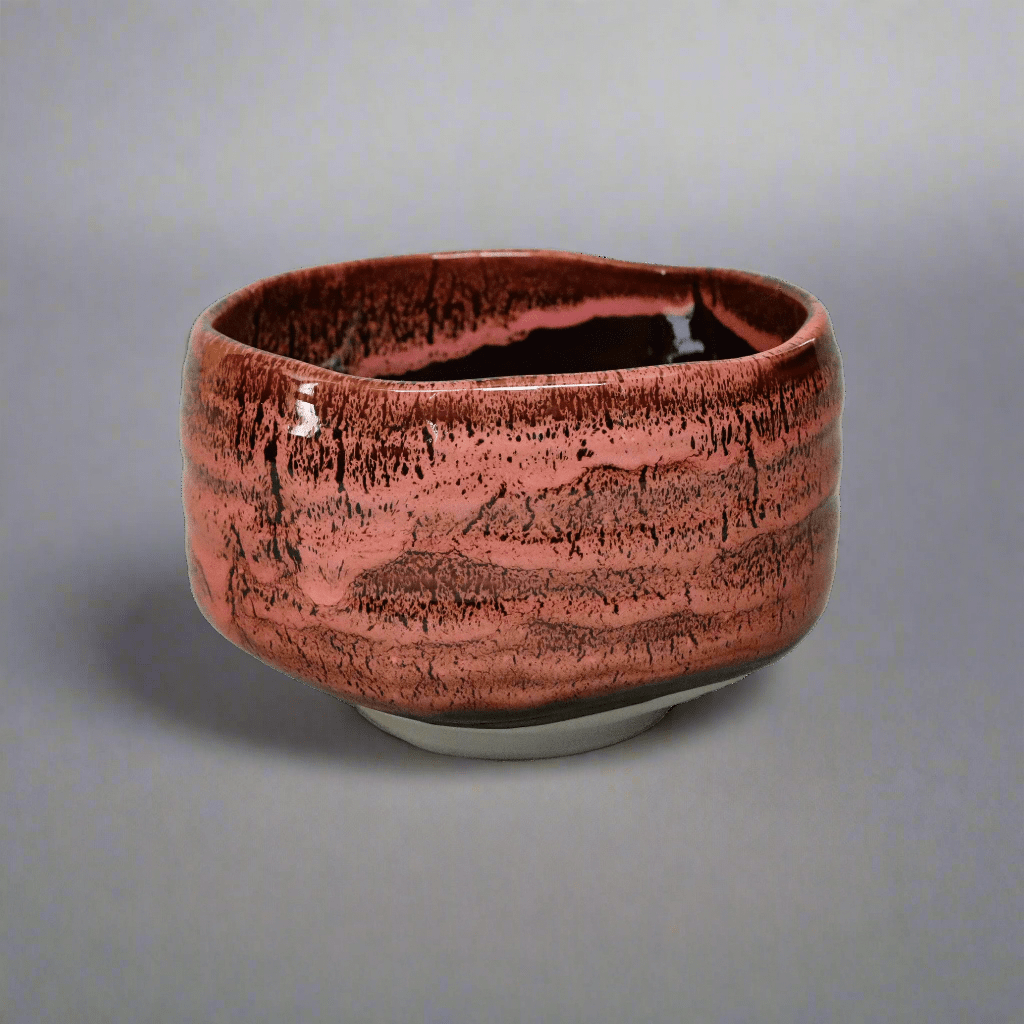
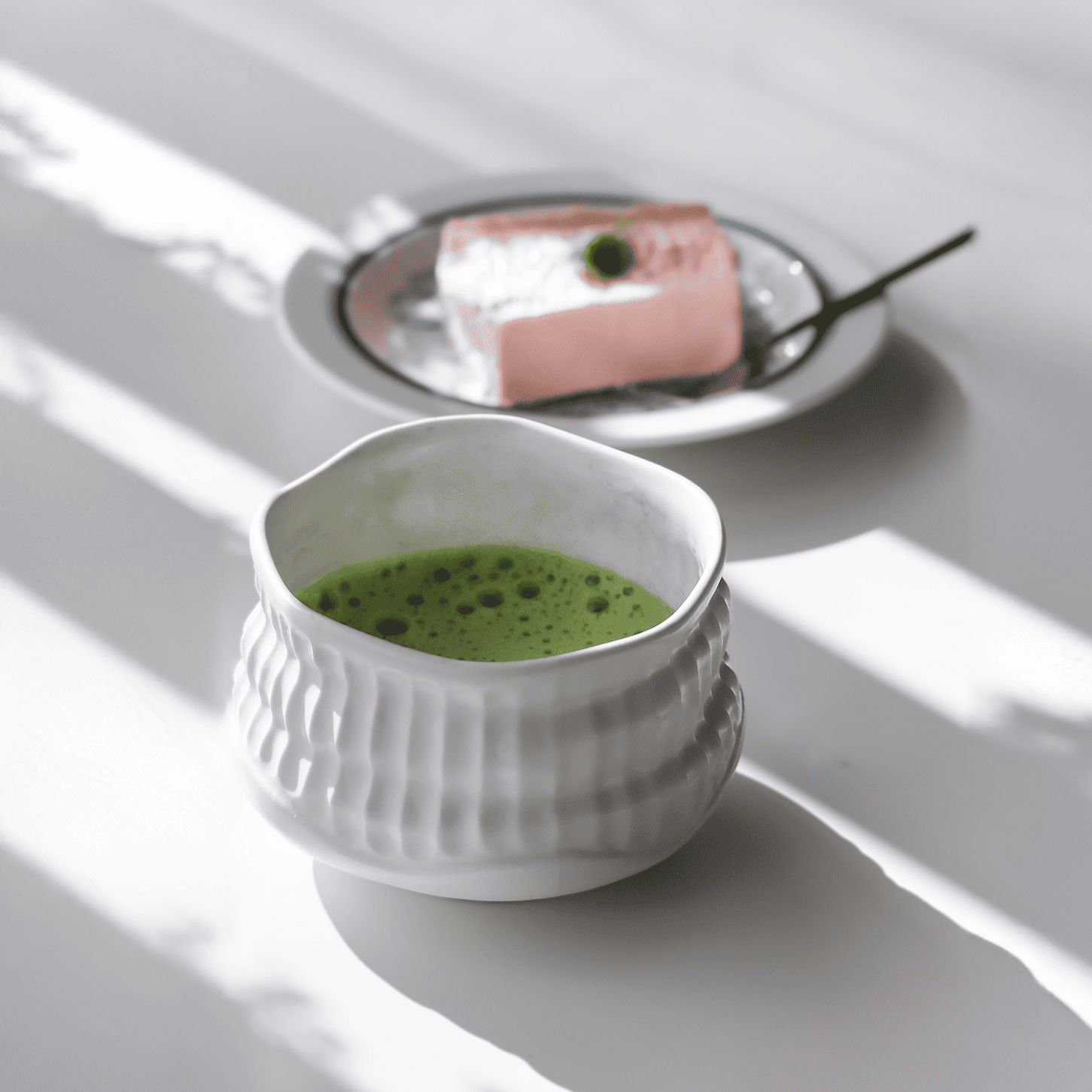
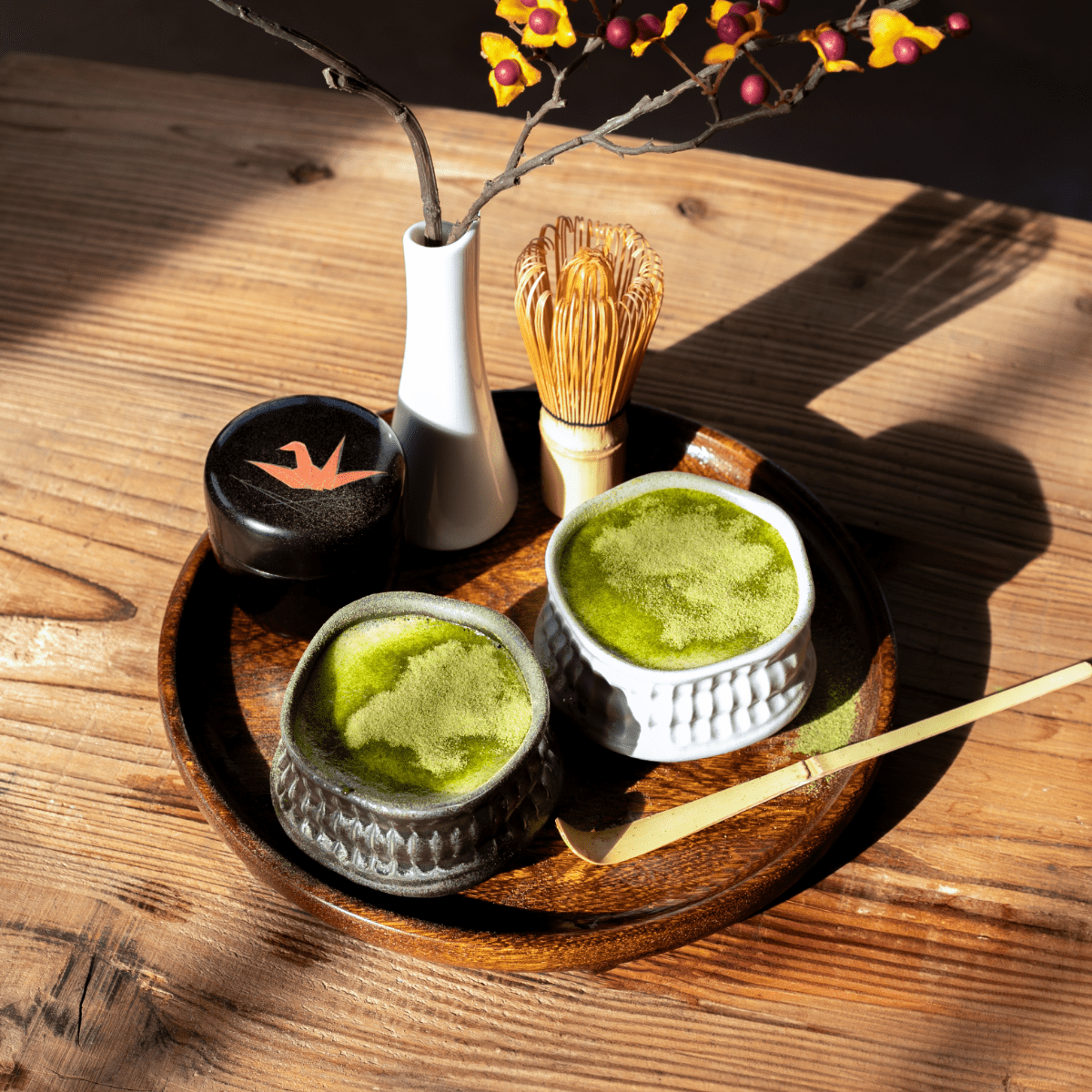
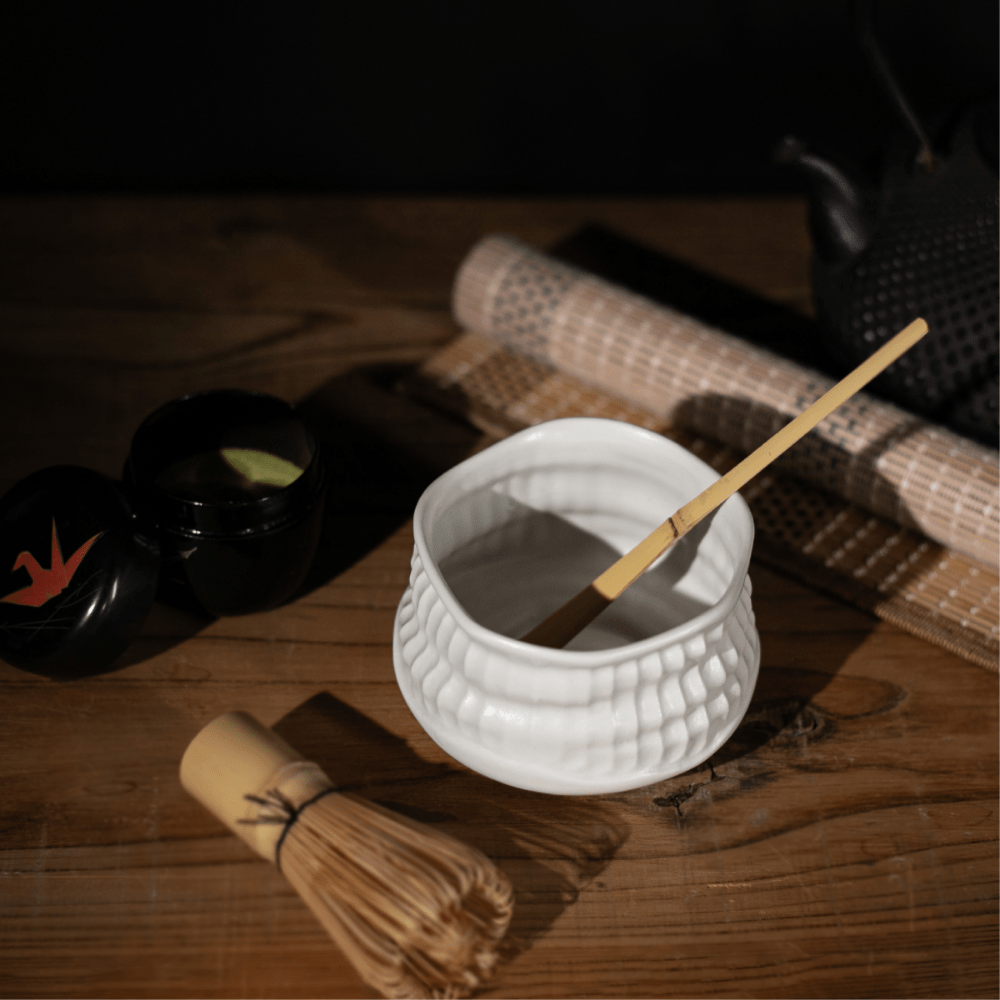
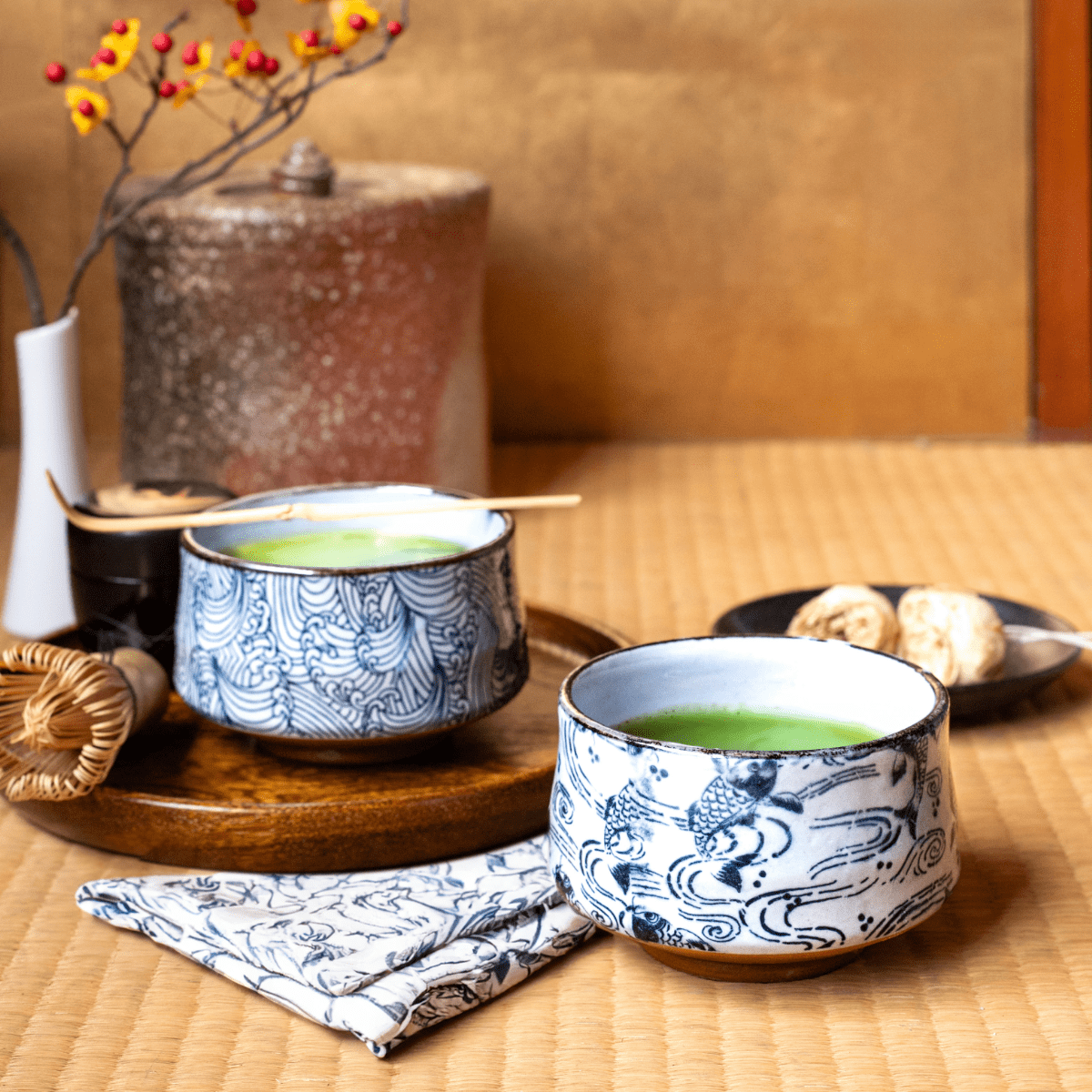
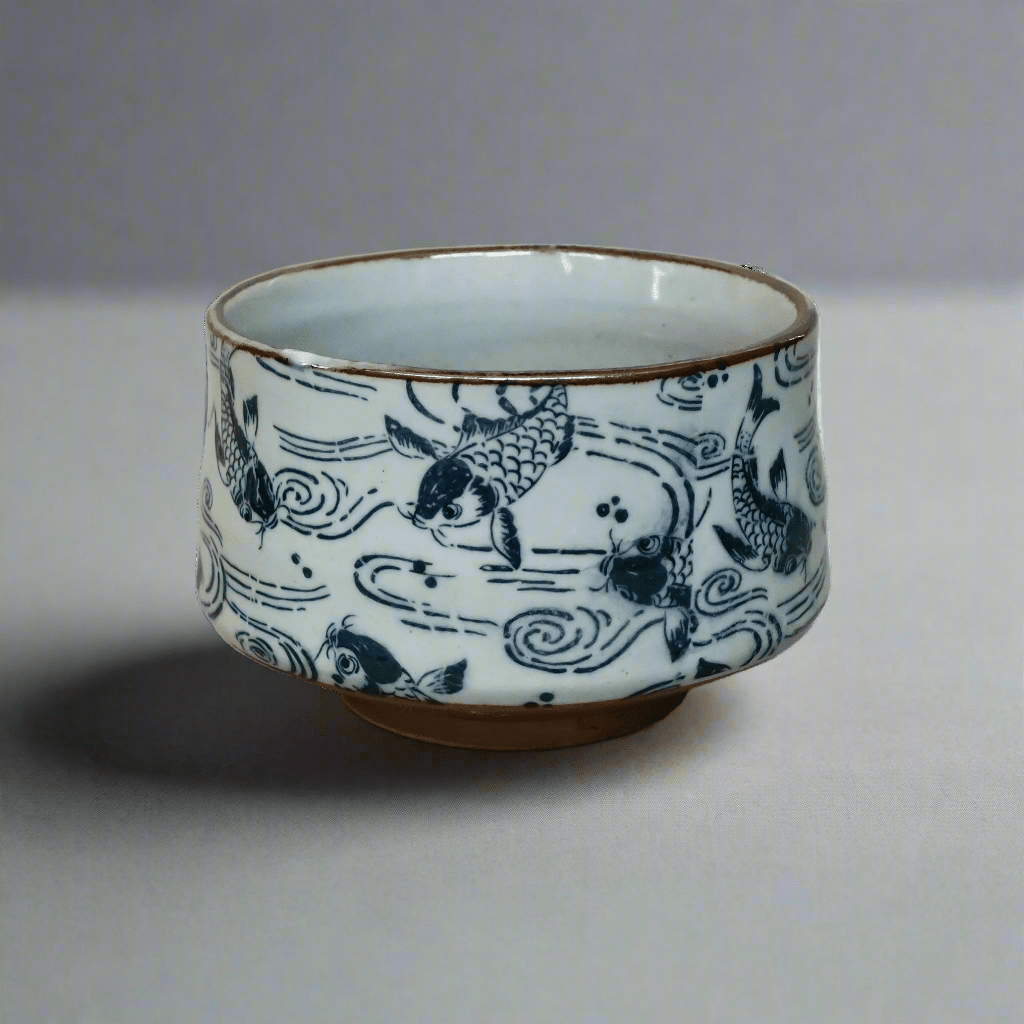
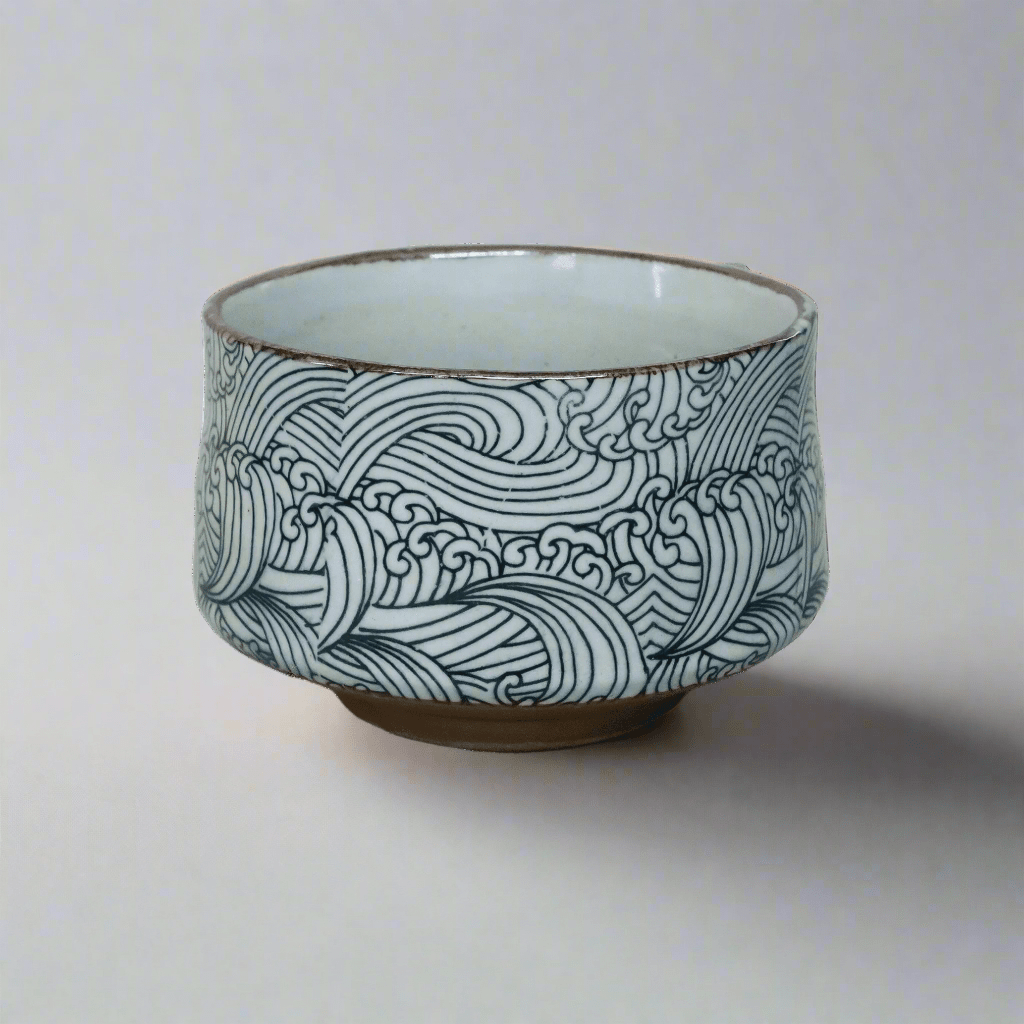
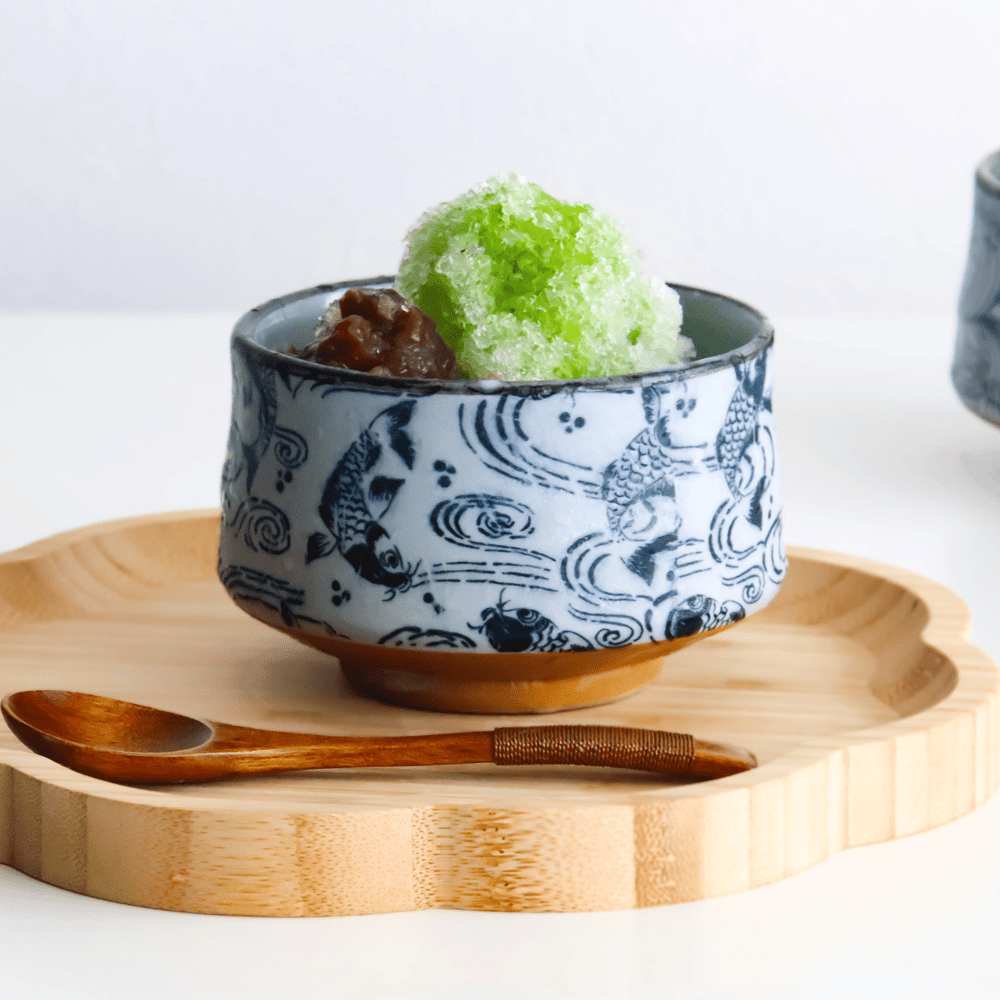
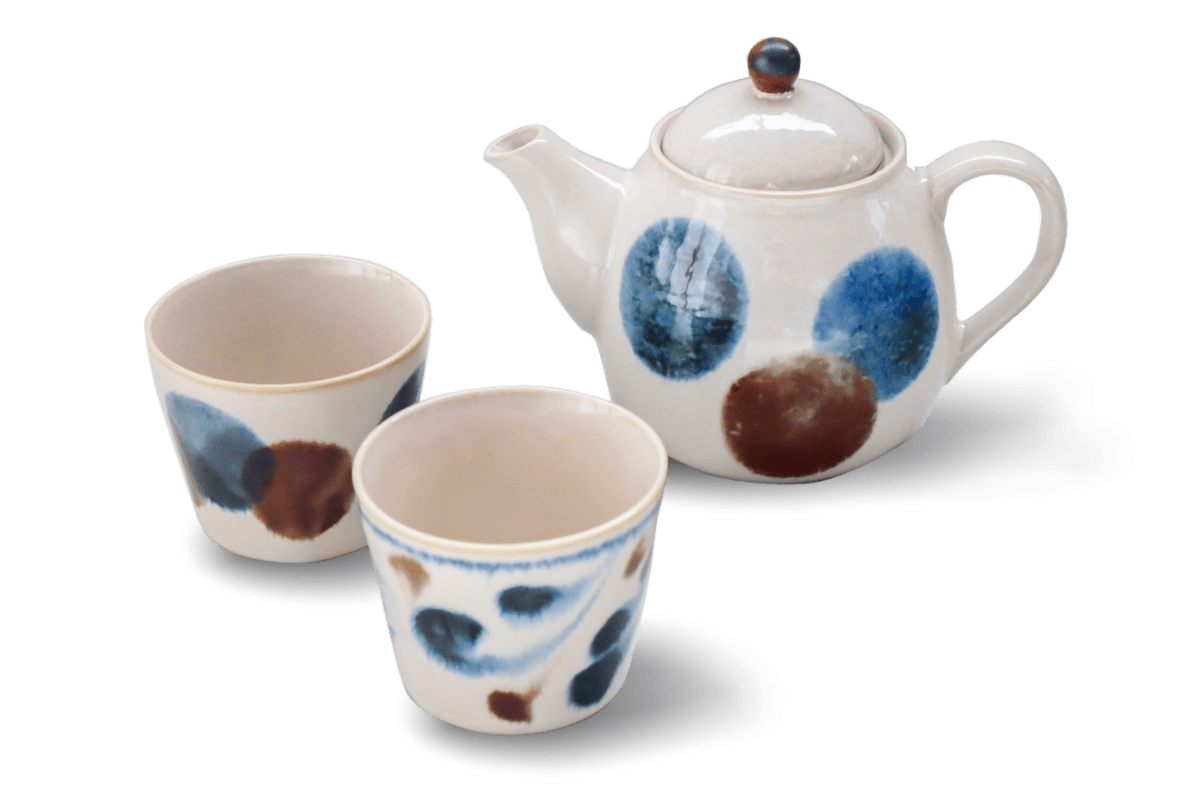
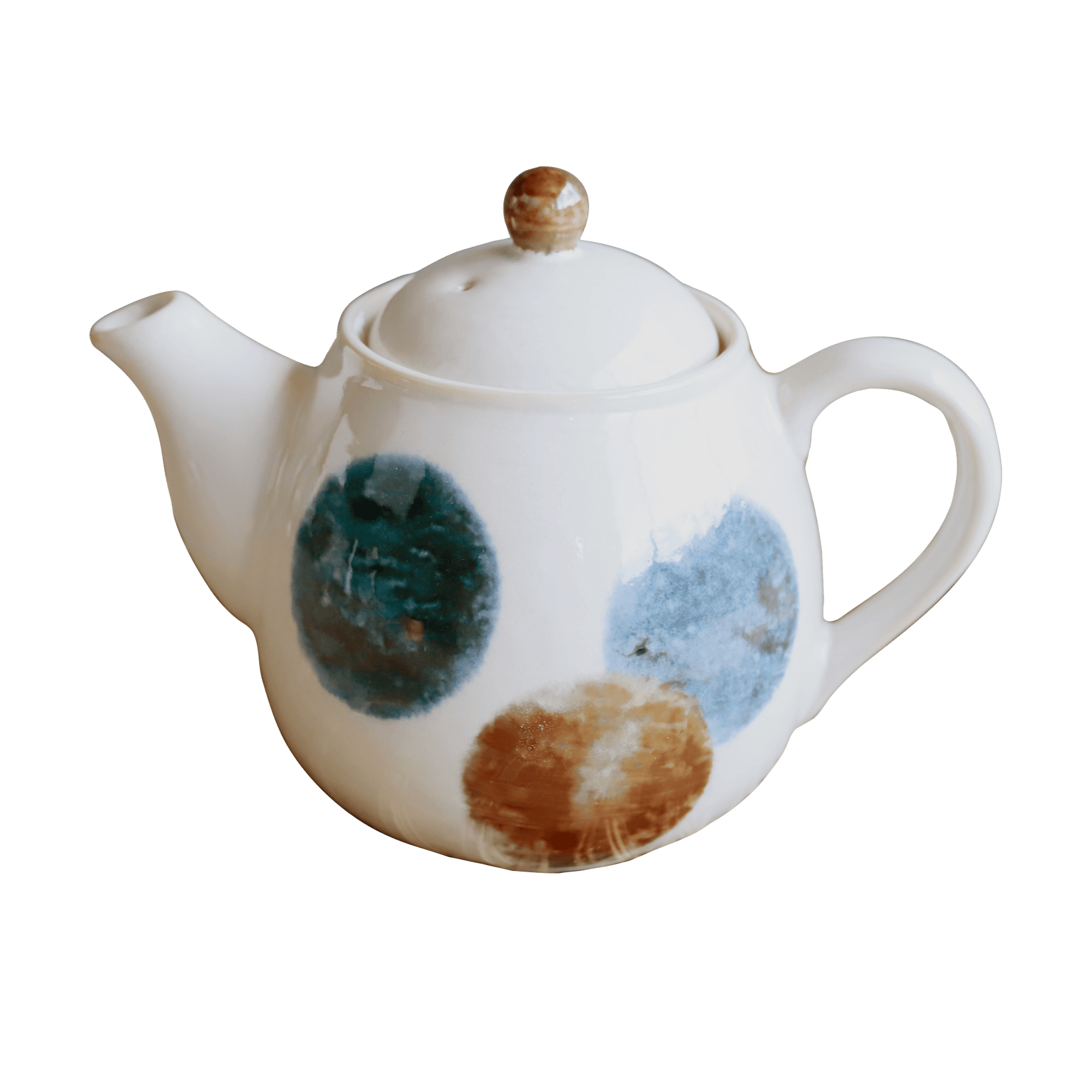

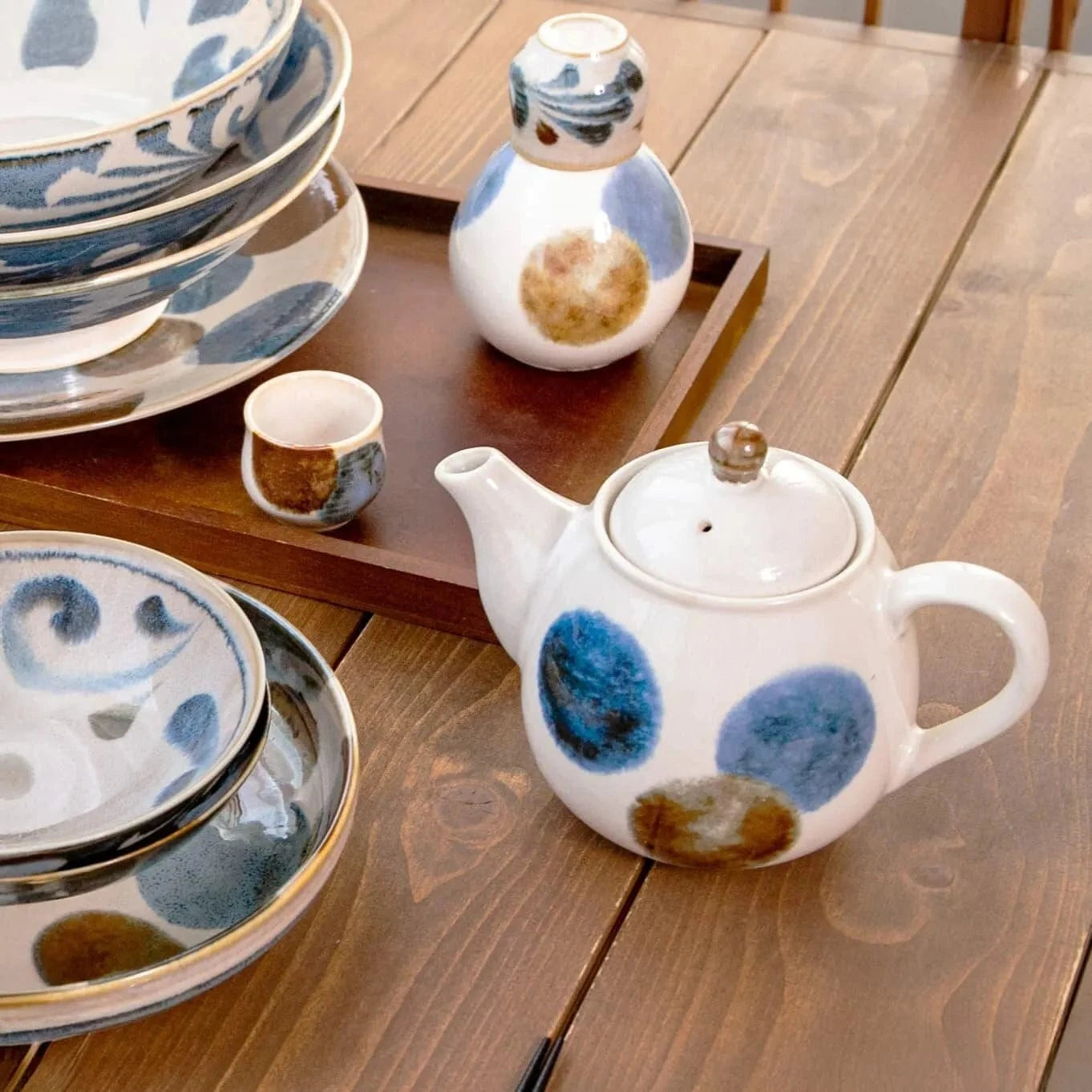
Share: